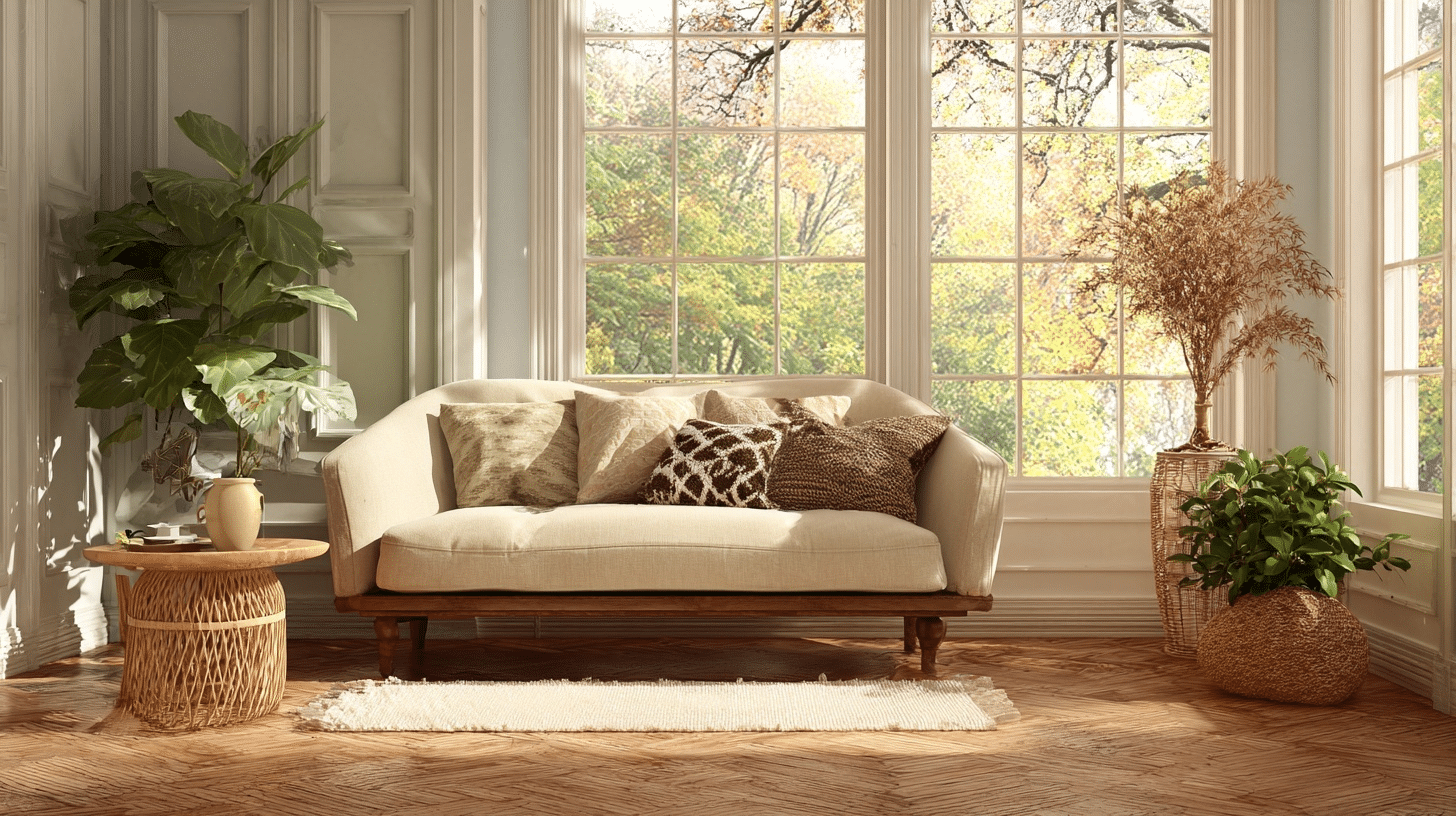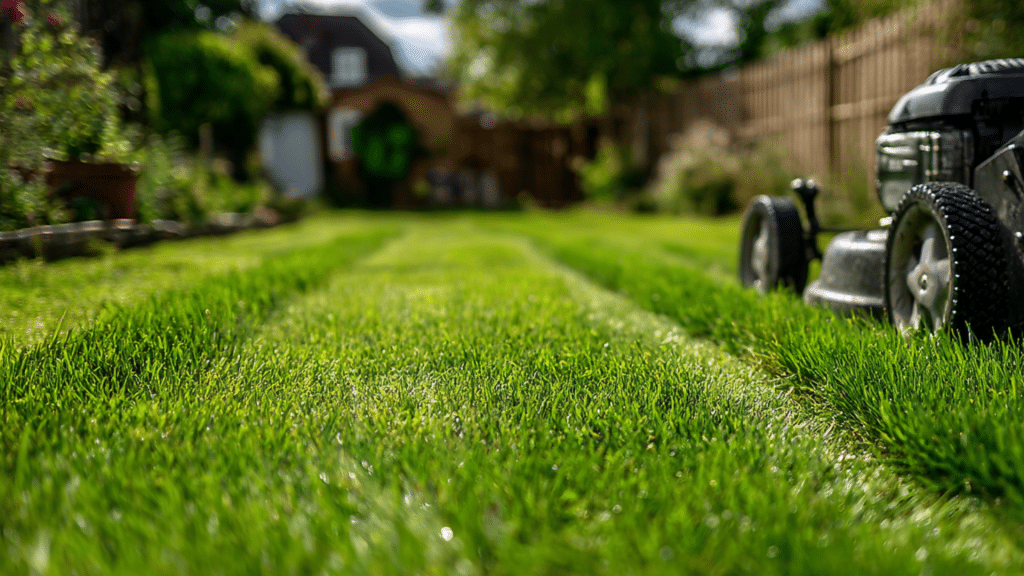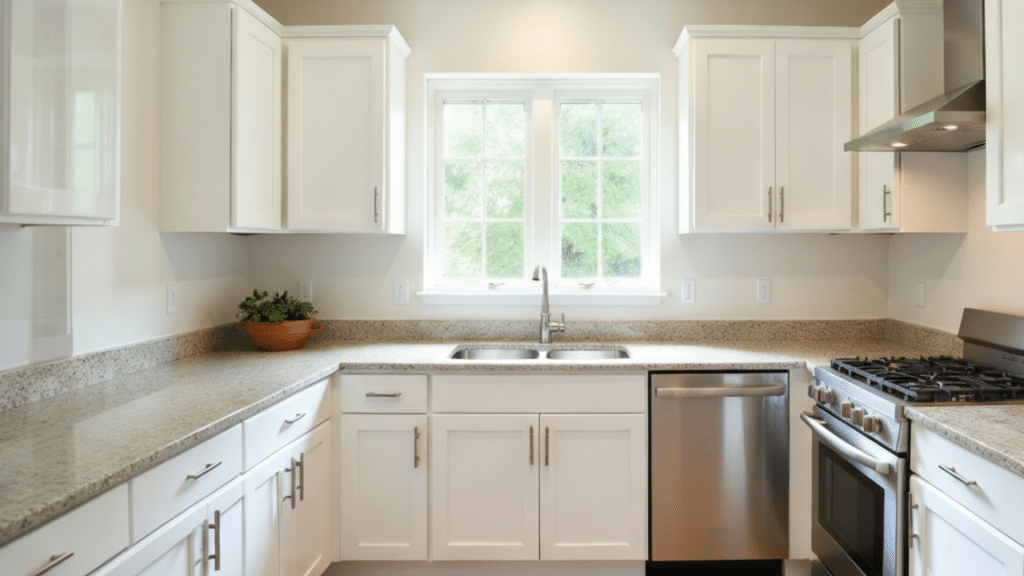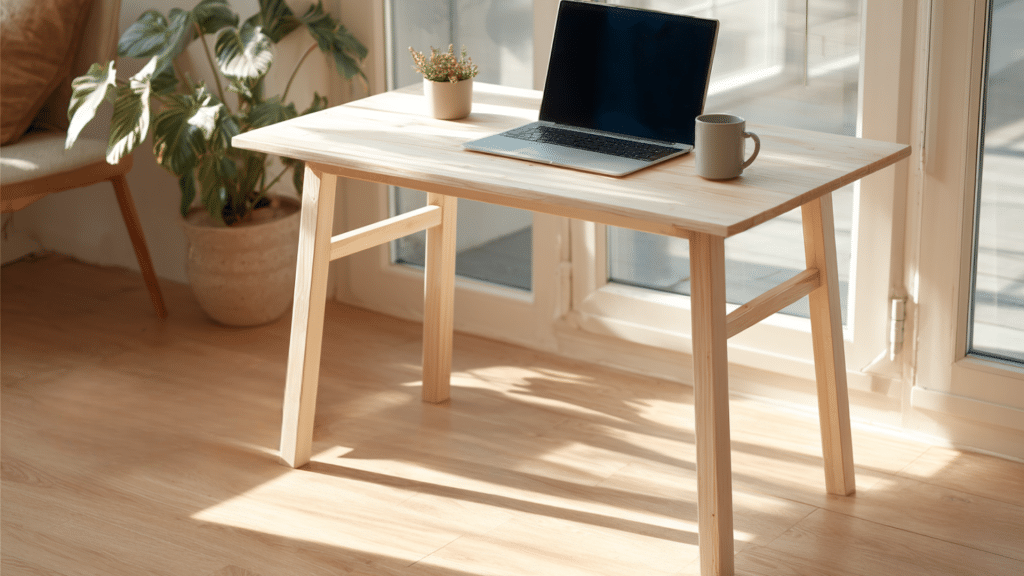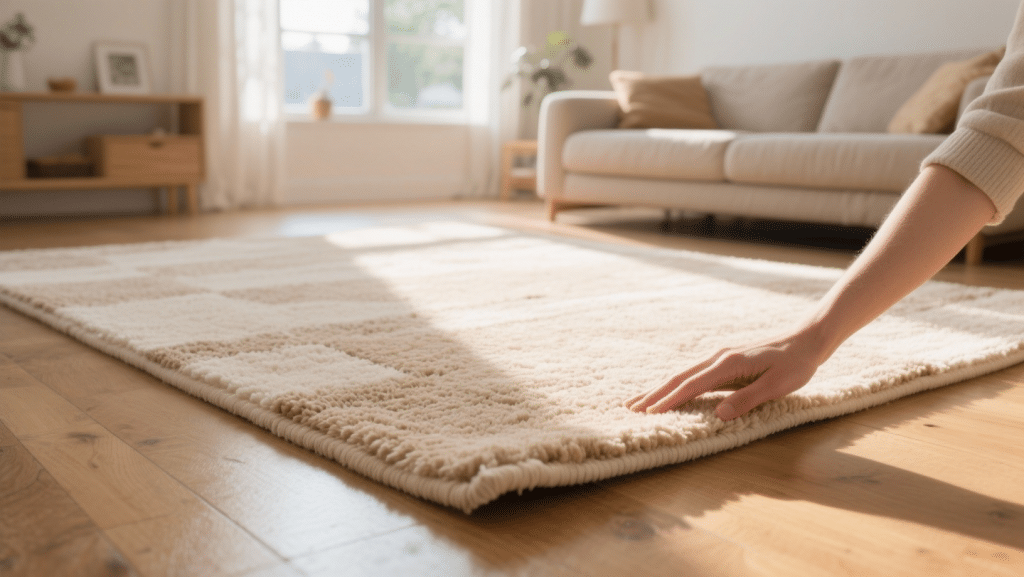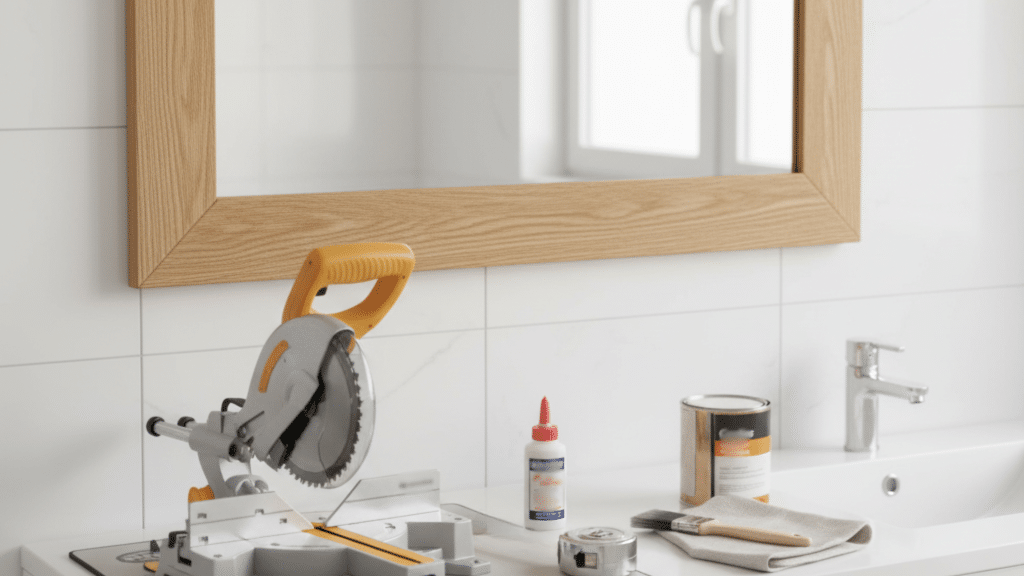Is a loveseat just a mini sofa?
Many people struggle with this confusion when shopping for furniture. You walk into a store, see similar-looking pieces, and can’t tell the difference.
It’s frustrating when you’re trying to make the right choice for your space and budget.
Loveseats aren’t simply small sofas. They have their own unique design principles and purposes.
In this post, I’ll show you how long is a loveseat, what makes a loveseat different, and how to pick the right one for your space.
Why is it called a Loveseat?
The name “loveseat” has a romantic history.
Back in the 1600s, these small sofas were designed for two people to sit close together. They became popular during courtship periods when couples wanted intimate conversation spaces.
Originally, they were called courting chairs or conversation seats.
This term stuck because these pieces encouraged closeness and connection between partners. Today, the name remains even though we use it for any two-person seating arrangement.
How Long is a Loveseat
A loveseat is usually designed for two people; however, some are as long as 6 inches, while others are as short as 5 or 4 inches.
As they are usually smaller than a sofa, despite the size of the Loveseat, its usual dimensions remain almost the same whenever you choose one. The typical dimensions you will encounter are similar.
Height:
It will vary between 30-40 inches. Most loveseats fall within this range to provide comfortable seating. This height works well for average-sized people and fits nicely under standard windows.
Width:
It typically ranges from 48 -72 inches. The width determines how much space your loveseat needs. Smaller widths are suitable for rooms, while larger ones provide more seating comfort and storage space.
Depth:
It’s generally between 30-40 inches. Depth affects how far you sink into the seat. Deeper loveseats feel more relaxed and roomy, while shallow ones work better in tight spaces.
Armrests:
They are categorized into two types: a low armrest, which is considered to be 6 inches or less, and a larger armrest, which is considered to be between 10 inches and more.
Low armrests create a sleek look and easy movement. Higher armrests provide better support for your arms and a more traditional appearance.
Types of Loveseat
The type of loveseat determines how many people it can accommodate; however, this is not always the case, as other factors also influence the size of the Loveseat.
Small Traditional Style
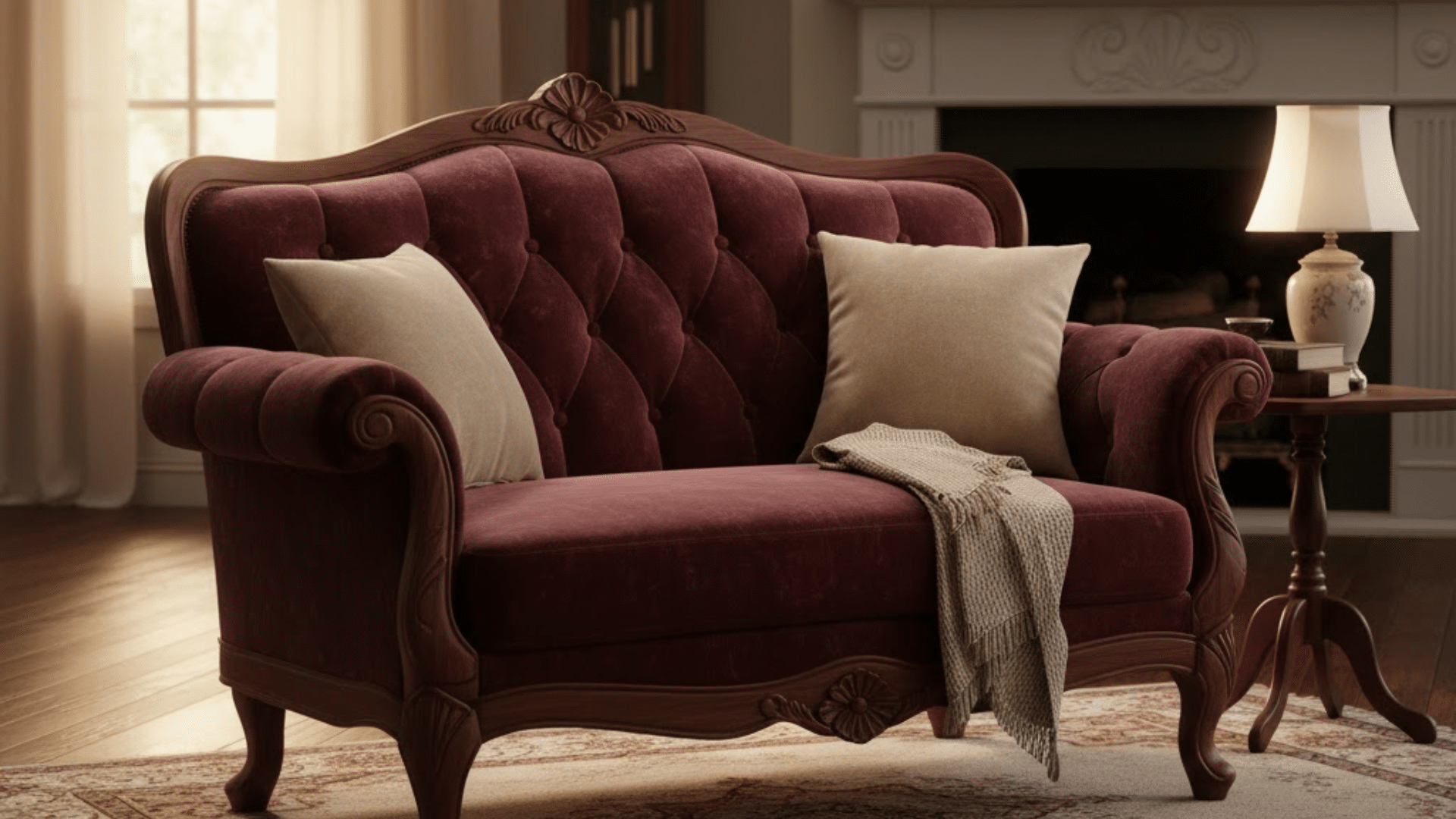
This is a classic 2-seater loveseat in traditional style. It’s generally 52 inches in size. This is the most common size to consider when selecting one for your space.
- It is best for living rooms, family spaces, and smaller rooms.
- This size fits through most doorways easily.
- Works perfectly when you need extra seating but don’t want to overwhelm your room’s layout.
Medium/ Compact Style
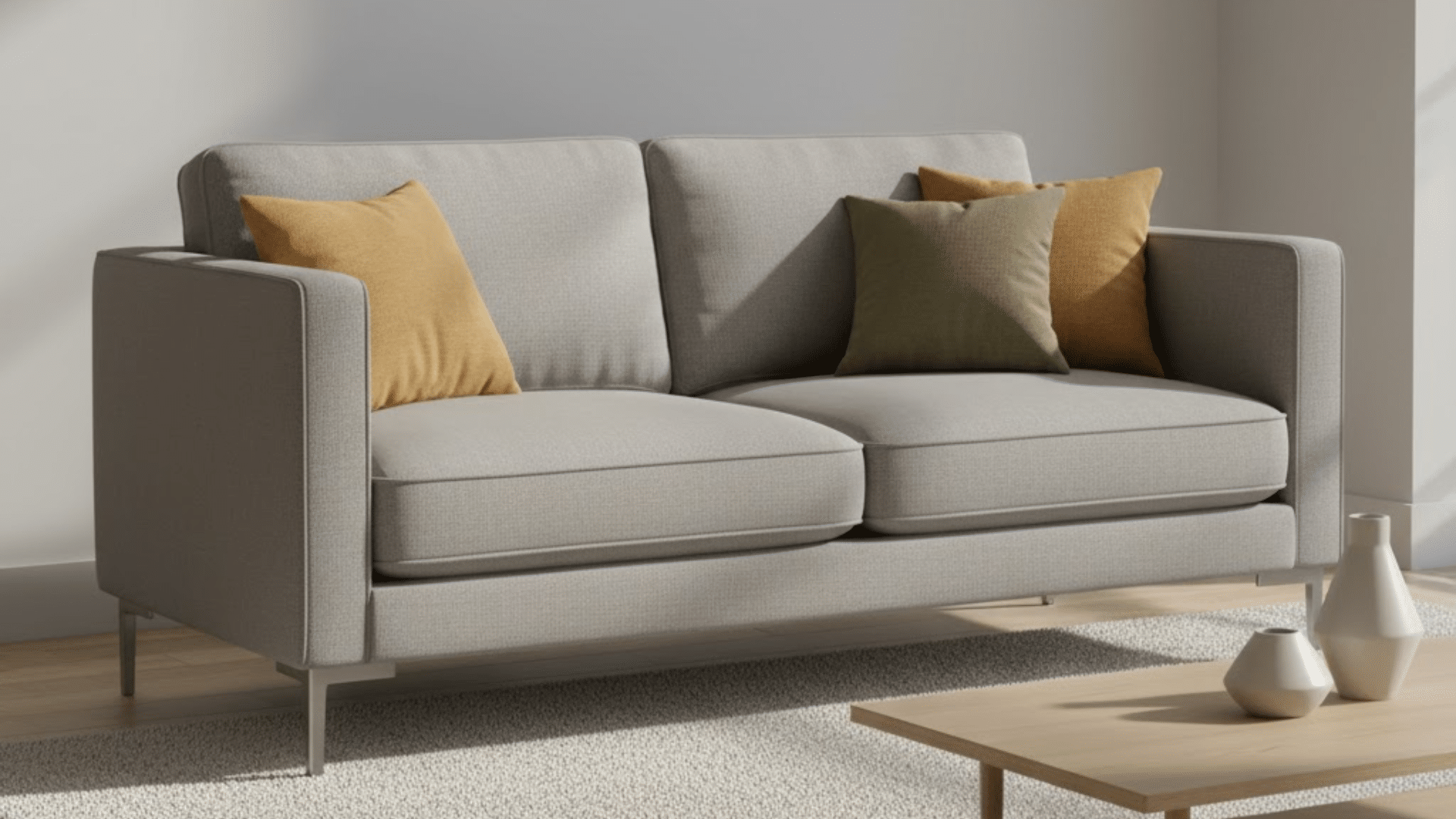
This is another classic style. It’s generally available in sizes 58-64 inches. It’s perfect for much tighter spaces without sacrificing comfort.
- It is best for smaller apartments or office spaces for extra seating.
- The extra width gives you more comfort without taking up too much floor space.
- Ideal for creating conversation areas in any room.
Full-Sized Loveseat Style
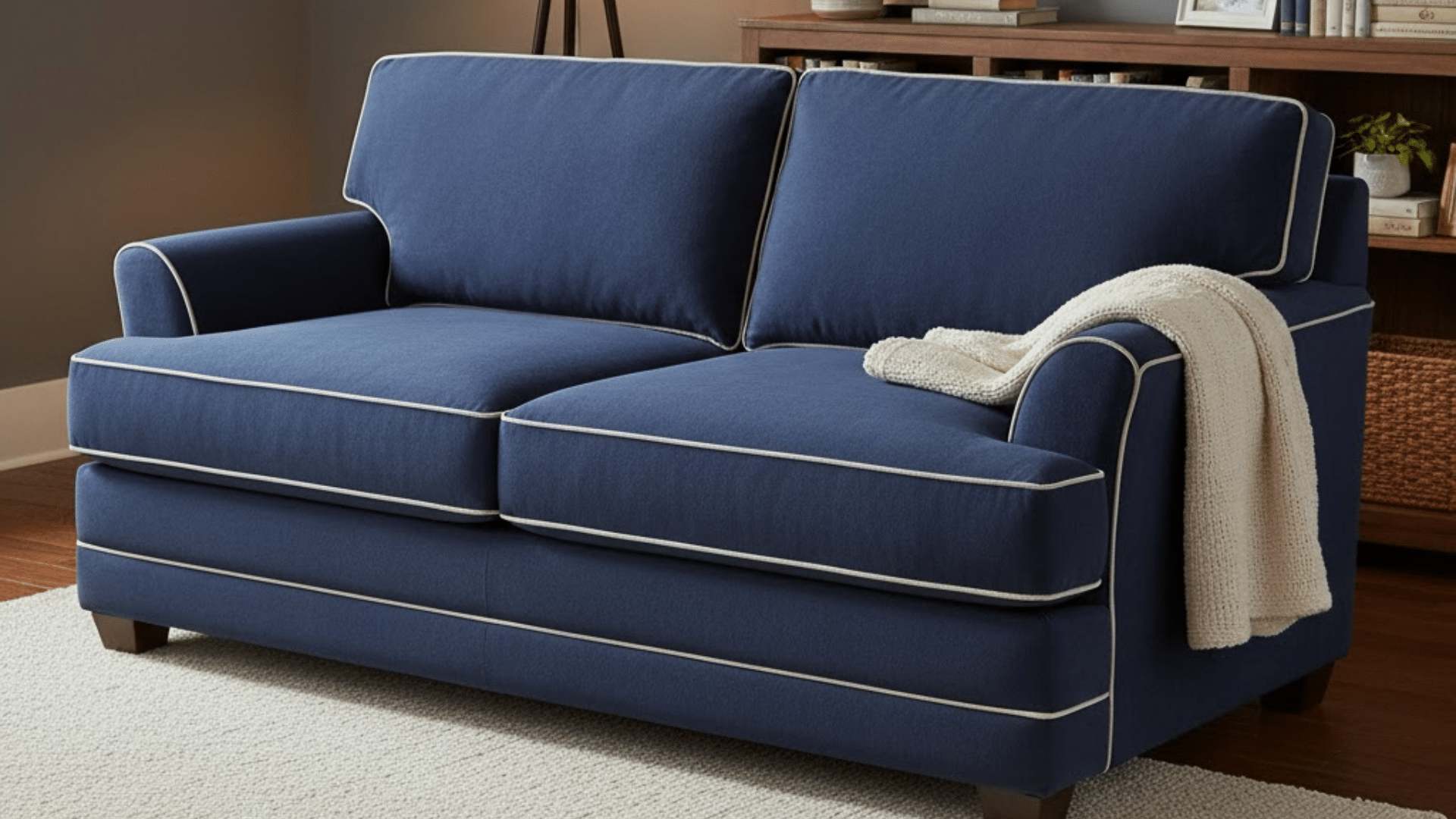
This is suitable for large spaces and rooms. It’s generally available in sizes ranging from 64 to 72 inches.
It can also be used as a part of a section division. It has deeper seats and spaces for lounging; however, this is still smaller than the full-size Loveseat sofas that exceed the length of 72 inches.
- It is best for huge living areas, rooms where you want more spacious seating.
- This size offers the comfort of a small sofa while maintaining the loveseat’s intimate feel.
- Perfect for families who want comfortable shared seating.
These are the various types of Loveseats that can be considered when planning your space.
Factors Affecting Loveseat Length
The following are certain factors that determine the measurements of the Loveseat:
Design and Style
Depending on the styles and design, you may choose the height and the width of the Loveseat may vary accordingly.
The designers also give the option of customizing the measurements would depending on the ideas you have provided.
Seat and the Cushion Design
Depending on the type of Seat and the Cushion design chosen. The Loveseats with the deeper cushion designs are there to give more comfort, and hence, the height of the Loveseat may be increased accordingly.
Arm Style
Depending on the arm style chosen, the seat height will vary.
If it’s the rolled arm style, it will give a more traditional look, and the rectangular shape of the armrest will give a modern classic look.
Things To Consider Before Buying a Loveseat
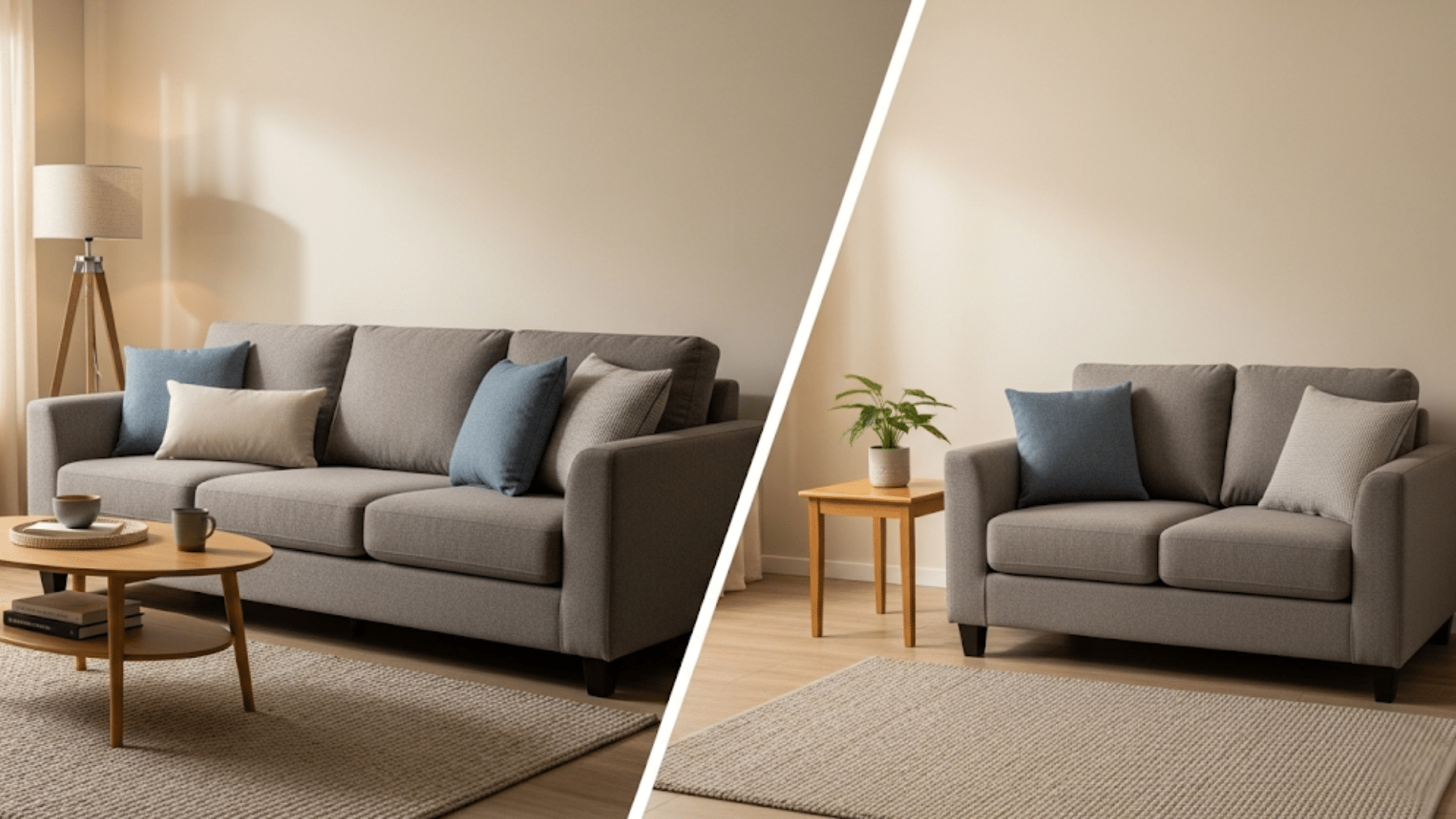
Now that you know how long is a loveseat, let’s get into the factors to consider before buying a loveseat for your space.
Room Size
Before placing a loveseat in a room, it is important to measure the space carefully to avoid creating a crowded feel and to ensure enough space for walkways between items, preventing bumps into other furniture.
- Always measure your room before shopping for a loveseat.
- Leave at least 18-24 inches of walking space around the furniture.
- Consider the room’s overall proportions to avoid cluttering the space.
Loveseat Placement
One should always check where they want to place the seat and accordingly leave breathing space to avoid feeling cramped up in a single place.
Accommodate other items that are to be kept in the room, which will also be a deciding factor in determining the correct placement of the loveseat.
- Plan the exact spot where your loveseat will sit.
- Leave breathing room around the placement area.
- Consider how other room items will fit around your loveseat.
Coordinate with Other Furniture
The seat should coordinate and fit well with the other pieces that are in the room, should have space between them, and not look ill-fitted among the other.
- Make sure your loveseat matches your existing furniture style.
- Maintain proper spacing between all furniture pieces.
- Consider color and design coordination with your current setup.
Chaises and Reclining Loveseats
Some loveseats come with attached chaises, which is a great addition for those looking for a footrest, but it also affects the dimensions.
If you have some depth to spare in the space you’re looking to fill, a chaise can add another easy layer of comfort. Similarly, there are reclining loveseats, which are great for comfort seekers, but not for space savers.
If you’re interested in a loveseat recliner, be sure to measure accordingly: double-check that you have enough depth in your space to accommodate a slight lean.
- Chaise loveseats need extra depth and floor space.
- Reclining models require additional room behind them to function properly.
- These features add comfort but reduce space efficiency.
Difference Between Sofa and Loveseat
The following is a simple comparison to help you make the right choice:
| Feature | Sofa | Loveseat |
|---|---|---|
| Seating Capacity | 3-4 People | 2 People |
| Length | 72+ Inches | 48-72 Inches |
| Room Size | Large Living Rooms | Small to Medium Spaces |
| Price Range | Higher Cost | Lower Cost |
| Weight | Heavier | Lighter |
| Flexibility | Less Moveable | Easy to Move |
| Best For | Family Gatherings |
Couples, small apartments |
Conclusion
Now you understand what makes a loveseat special and how to choose the right one for your home.
Remember, it’s not just about picking any two-seater furniture but about finding the perfect fit for your space and lifestyle.
The key is to measure your room, consider your existing furniture, and think about how you’ll actually use it.
If you opt for a compact 52-inch model or a spacious 72-inch version, ensure it suits your needs without overcrowding your space.
A well-chosen loveseat can transform any room into a functional space.

